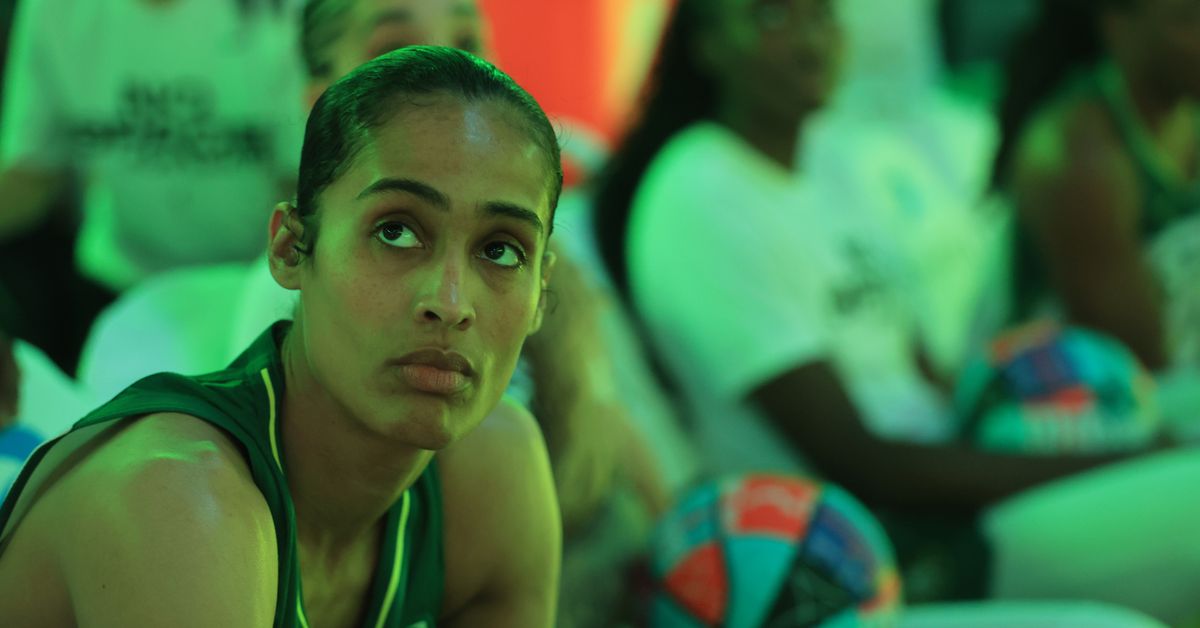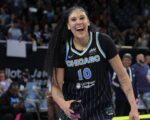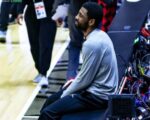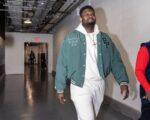Defense wins championships. Offense dooms championships?
That might be the conundrum facing the 2025 Seattle Storm. Although the sample size remains small for the 3-2 Storm, the first five games of the season indicate that the team’s defense is stout enough to contend with the league’s best teams. The other end of the floor, however, is a question.
Las Vegas Aces fans might dispute any skepticism about the Seattle offense, as a 102-point Storm explosion spoiled Jewell Loyd’s return to Seattle. Yet, 60 percent shooting from the field and 50 percent shooting from 3, along with a 21-point off-the-bench outburst from Erica Wheeler, was unsustainably excellent.
Their season opener was the opposite, as particularly putrid offensive production resulted in just 59 points in a loss to the Phoenix Mercury. Seattle was undone by 33 percent shooting from the field and 17.6 percent from 3.
Between those two outlier offensive performances sits an average offensive attack that has scored 79, 77 and 77 points. A peek at Seattle’s scoring profile suggests they are leaving points on the board, failing to fully optimize their offensive process and, in turn, capping the offensive level they need to achieve to be legitimate contenders.
Here’s a look at the areas Seattle could improve upon to cultivate a more consistent, championship-caliber offense:
More 3s please
Much has been made about the 3-point revolution that has, finally, swept through the WNBA. Yet, it hasn’t quite reached the Pacific Northwest.
The Storm sit last in the league in 3-point attempts per game, taking just 18 per contest. Their conversion rate from behind the arc is 34.4, which is around league average. That mark suggests the Storm should be taking more 3s.
Although Seattle does not employ a player who is a consistent pull-up 3 threat, they seem well suited to generate more catch-and-shoot triples off of drive-and-kick actions. Skylar Diggins is an ever-determined driver who can get going downhill before dishing the ball out to a teammate, evidenced by the franchise record-tying 14 assists she tossed in the Storm’s home win over the Mercury. Gabby Williams likewise can break the paint and then find a teammate stationed behind the arc. Williams also is an elite cutter, proficient at catching the ball on the move and quickly finding an open teammate as she attracts extra attention from the defense.
In addition to creating 3s for others, Williams has demonstrated a surer 3-point stroke. A career 27.2 percent 3-point shooter in the WNBA, she’s thus far netting 45.5 percent of her 3-balls, all while taking a likewise career-leading 4.4 attempts per game. That conversion rate and confidence is encouraging. Nneka Ogwumike also is taking the most 3s per game of her career, upping her volume to 2.6 per contest. She’s only hit 30.8 percent of them, but after shooting better than 40 percent from 3 last season, Ogwumike should not hesitate to keep hoisting.
The lack of triples of Alysha Clark, in contrast, is puzzling. After averaging at least 4.7 3s per 36 minutes over the past three seasons, she’s taking just over two per 36 minutes so far in 2025. As she is hitting nearly 43 percent of her attempts, she has to take more, even if it is fun to see her dip into MTSU Blue Raider scoring bag and take advantage of mismatches around the basket.
Get to the stripe
Seattle is losing more points on the margins at the free throw line, where they’re earning a league-low 16.6 freebies per game. Only Diggins is getting to the line, generating 6.8 free throws per game. That’s 4.6 more free throws per game than the second-ranked Storm player, which is Ogwumike and her 2.2 free throws.
The Storm’s low free throw rate is a product on the reliance on the midrange. Just as the team is not shooting enough 3s, they also are not often getting all the way to the basket, instead opting for midrange buckets. Seattle leads the league in shots from five to nine feet, ranks second in shots from 10 to 14 feet and ranks third in shots from 15 to 19 feet.
Putting more pressure on the rim could result in more easy points from the line.
Earn second chances
Offensive rebounding and, in turn, second-chance points are additional deficiencies for Seattle that are denying them extra scoring chances. The Storm are in the bottom three in the league in both categories.
Seattle’s starting core does not feature a particularly prolific offensive rebounder, suggesting this could be a persistent weakness. However, the Storm’s bench presages some promise. Last year, Li Yueru had a 9.9 percent offensive rebounding rate with the Los Angeles Sparks, averaging 3.6 o-boards per 36 minutes. Then, there is the dream of Dominque Malonga. The French teenager pulled in close to three offensive boards per game when representing Lyon in EuroCup Women action.
[embedded content]
With likely limited minutes, neither of those two will have the opportunity to make a demonstrative difference, although they could provide a game-changing boarding boost in certain circumstances.
Keep turning defense into offense
It should be emphasized that the Storm aren’t just missing out on more fruitful scoring opportunities.
The team has been successful at turning defense into offense. Considering the quality of the Storm defense, transition scoring should remain a sustainable source of good offense for the team throughout the season. The Storm are first in the league with 18.5 percent of their points coming from fastbreaks, while 25 percent of their points have come off turnovers, which currently is second in the W.
Seattle is just five games into a 44-game season, leaving plenty of time for the team to refine their identity on both ends of the floor. While well equipped to be an excellent defense, the Storm do not have the personnel required to become a consistently explosive offensive, thus demanding that they prioritize finding more points on the margins.





